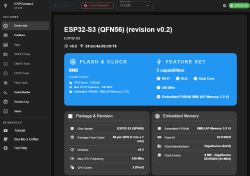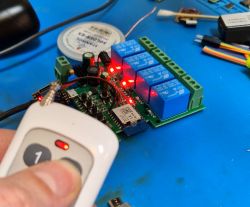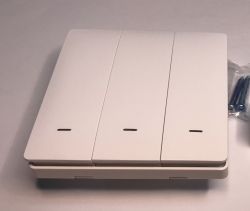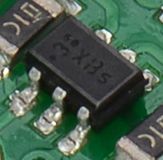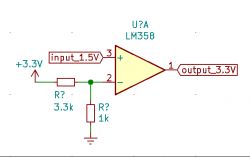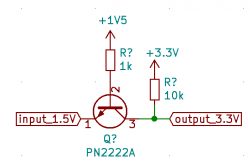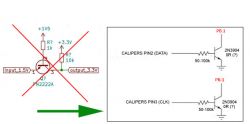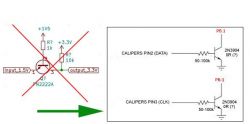Dear forumers,
I am making an interface to communicate between ESP32 and an electronic caliper which is powered by a 1.5V battery. The signals coming out of it are also 1.5V.
I need to build a circuit (preferably on a single transistor) for the ESP to read 3.3V correctly.
Can I use a PNP instead of an NPN so that the signal is not inverted? Which transistor should I choose? What parameters should I pay attention to?
Thank you in advance.
Regards
I am making an interface to communicate between ESP32 and an electronic caliper which is powered by a 1.5V battery. The signals coming out of it are also 1.5V.
I need to build a circuit (preferably on a single transistor) for the ESP to read 3.3V correctly.
Can I use a PNP instead of an NPN so that the signal is not inverted? Which transistor should I choose? What parameters should I pay attention to?
Thank you in advance.
Regards




